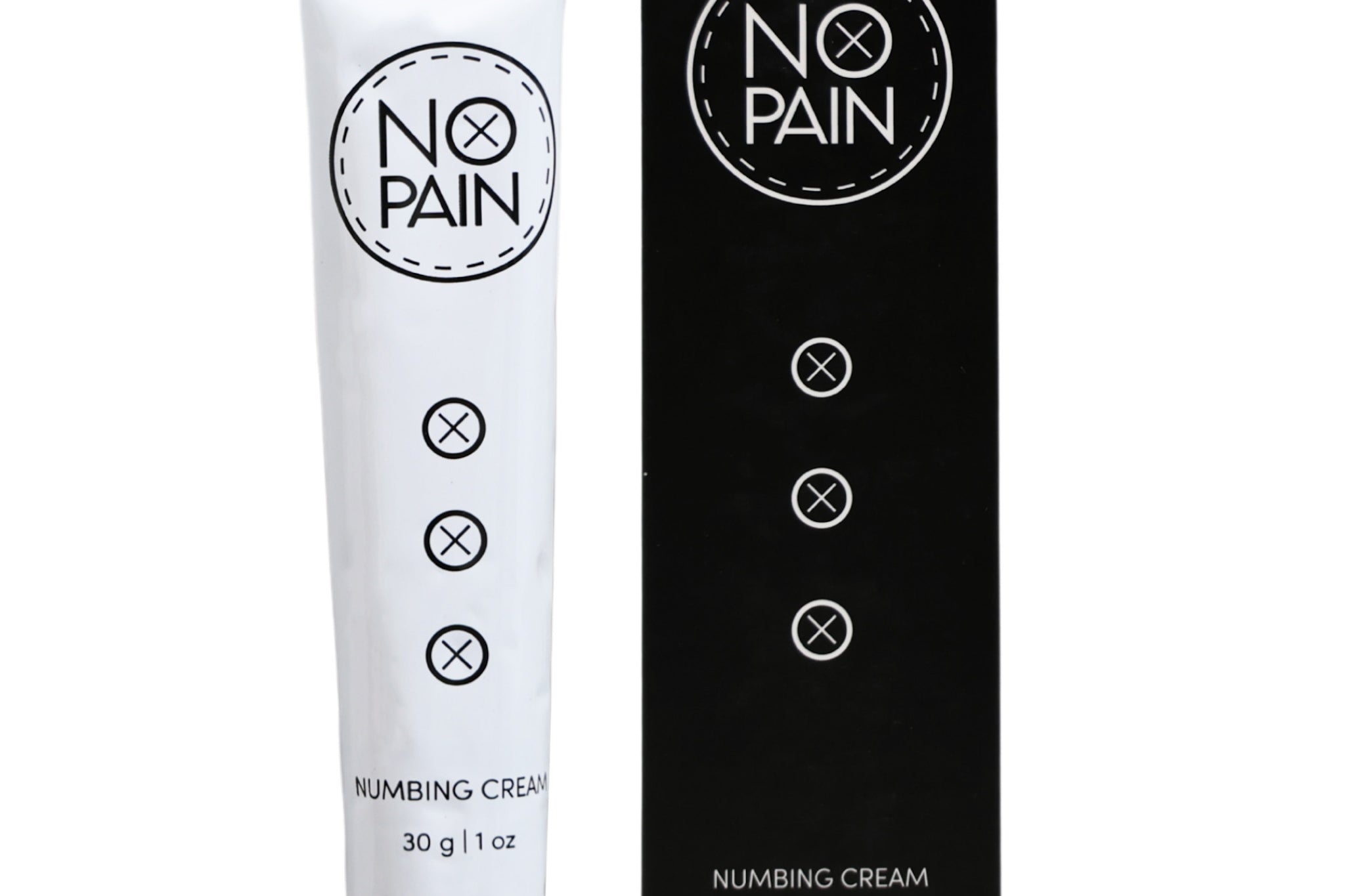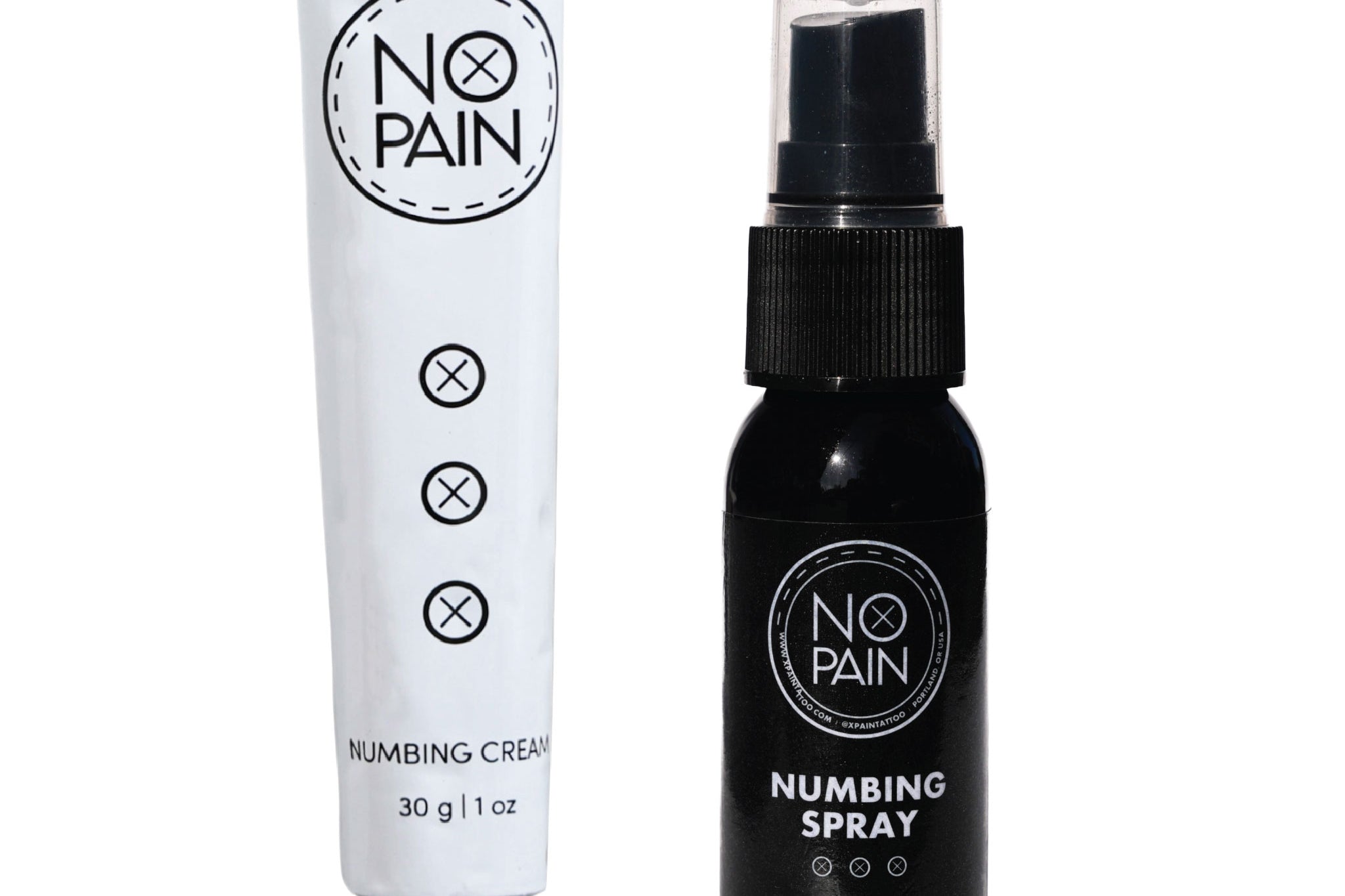You're taking stock of your tattoo collection. Your arm is a canvas of memories and art—a piece from your favorite artist here, a souvenir from a trip there. You love each tattoo individually, but now you're faced with the awkward, empty spaces in between. How do you bridge those gaps? What's the best way to combine these separate tattoos into a single, cohesive sleeve?
This is the classic "collector's" dilemma. The good news is that tying your tattoos together is a fun and creative process. This is your guide to the different methods and philosophies for turning your patchwork of individual pieces into a unified masterpiece.
The Foundation: Style is Everything
Before we talk about filler, the most important factor is the style of your existing tattoos. A sleeve will always look most cohesive if the majority of the "hero" pieces are done in a similar artistic style (e.g., all American Traditional, all black and grey realism, all fine-line illustrative). This shared aesthetic creates a natural harmony before you even add a single connecting element.
The Art of "Filler": Your Connecting Options
"Filler" is the term for the tattoos or patterns used to fill the negative space between your larger pieces. There are two main philosophies here.
1. The Classic American Traditional Method: "Stars and Dots"
This is the most old-school and iconic way to complete a traditional sleeve. The artist fills all the empty gaps with a texture of small, solid black stars and a field of tiny black dots (stippling).
-
Why it works: It creates a uniform, neutral background that makes your main tattoos pop. It's a timeless look that is deeply rooted in tattoo history. It's also a great option if your tattoos are placed very close together with only small, awkward gaps to fill.
2. The Thematic Method: Connecting with a Background
This is a more modern and illustrative approach. Instead of a neutral texture, you work with an artist to create a background that flows behind and around your existing tattoos, tying them all together into a single scene.
-
This is the best option for combining tattoos that are more spread out.
-
Popular Thematic Filler Ideas:
-
For Nature Themes: Use flowing elements like smoke, wind, water, floral vines, leaves, or clouds.
-
For Geometric or Blackwork Sleeves: Use intricate mandalas, dotwork patterns, or bold geometric shapes to connect the main pieces.
-
For Realism Sleeves: A soft, grey-washed cloud background is a classic way to create depth and cohesion.
-
3. The "More is More" Method: Smaller Tattoos as Filler
Another popular option is to simply fill the gaps with more, smaller tattoos. The key to making this look good is to ensure the small filler tattoos match the style of your main pieces and are very simple, so they don't visually compete with your hero tattoos. Think small daggers, simple flowers, bugs, or other classic "gap filler" designs.
Finding the Right Artist for the Job
This is the most critical step. Not every tattoo artist is a great filler artist. This is a specialized skill that requires a strong eye for composition and the ability to work around existing art that isn't their own.
-
Look for an artist who specializes in the style of your sleeve and whose portfolio shows examples of them successfully tying other people's work together. A great filler artist will know how to make the new background flow in a way that respects and enhances your existing tattoos.
Preparing for Your Filler Session
Don't be fooled—filler sessions can be just as painful as getting a main piece, especially when filling sensitive spots like the inner bicep or the elbow ditch. Preparing for your comfort is key.
-
Our No Pain Tattoo Numbing Cream is perfect for numbing those tender gaps before a session. A comfortable client is a still client, which is essential for the intricate dotwork or smooth shading often required for filler.
The Verdict: The best way to combine your tattoos into a sleeve is to choose a filler style that complements your existing art. Whether you go with classic stars and dots for a traditional look or a flowing, thematic background for a more illustrative feel, the key is to find a skilled artist you trust.
With a thoughtful plan, you can transform your collection of individual memories into a single, stunning, and cohesive work of art.




